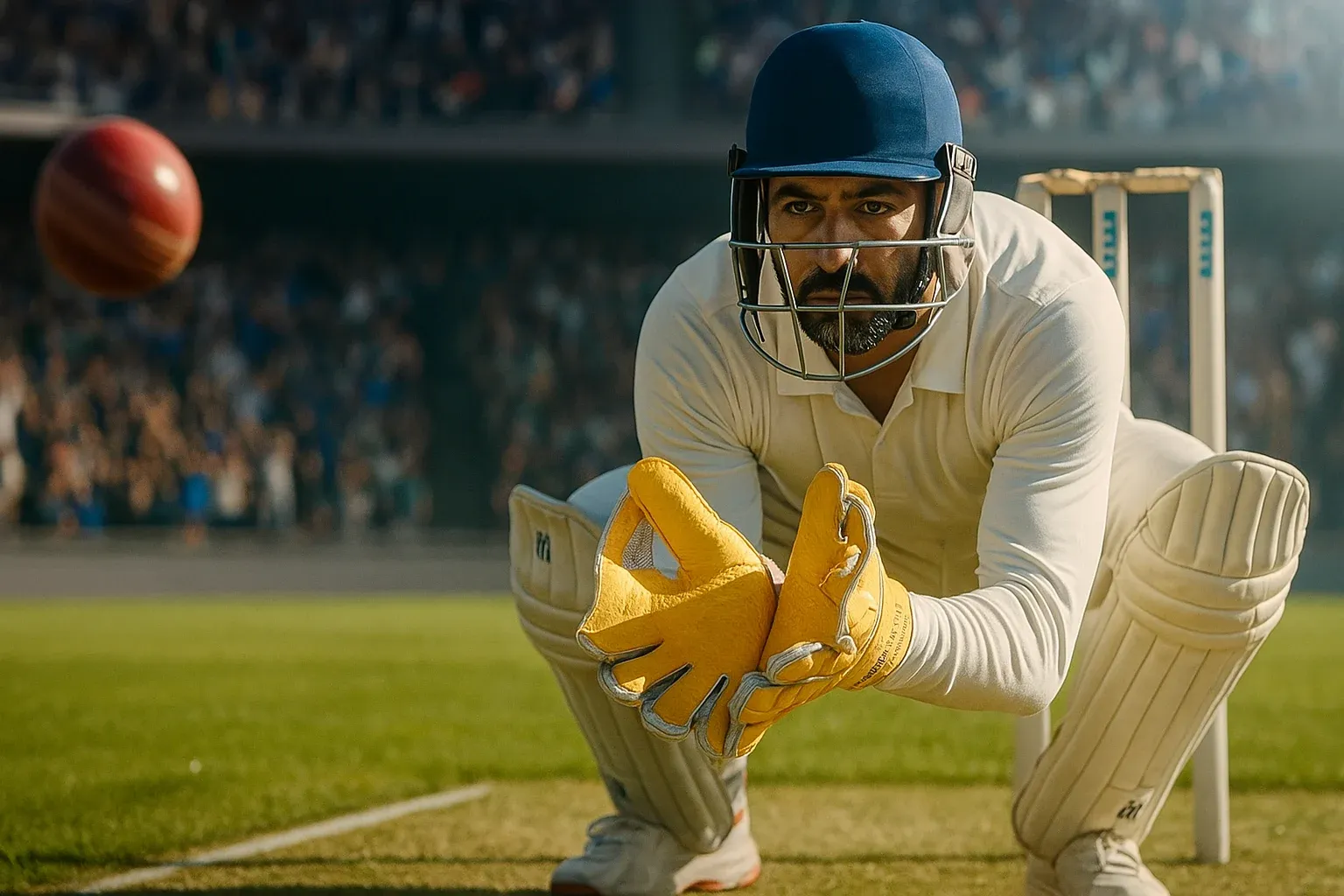
Wicket keeping is one of the most demanding roles in cricket. A good wicket keeper needs sharp reflexes, quick footwork, and reliable gear—and at the heart of this gear are your wicket keeping gloves. They are your first line of defense against fast deliveries, tricky spin, and unexpected deflections.
But here’s the problem: even the best gloves lose their grip over time if they are not maintained properly. Sweaty palms, dust from the pitch, and regular wear can cause the palm surface to harden, reducing flexibility and grip. Poorly maintained gloves not only affect performance but can also lead to injuries.
If you want your gloves to last longer and perform better, you need to take care of them like a pro. In this comprehensive guide, we will cover:
Why maintenance is important
Step-by-step cleaning methods
How to prevent grip loss
Drying and storage tips
Common mistakes to avoid
FAQs
By the end of this article, you’ll know exactly how to keep your gloves in top shape for seasons to come.
Why Maintaining Wicket Keeping Gloves Is Essential
1. Grip Equals Performance
A strong grip is crucial for catching the ball cleanly. If your gloves lose their stickiness, you might drop important catches.
2. Extends Life of Gloves
Wicket keeping gloves can be expensive. Proper care prevents early wear and tear, saving you money.
3. Reduces Odor and Bacteria
Sweat and moisture create bacteria and bad smells. Cleaning prevents infections and keeps gloves fresh.
4. Improves Comfort
Soft, well-maintained leather feels better and allows natural hand movement, improving flexibility and reflexes.
Understanding the Structure of Wicket Keeping Gloves
Before learning how to maintain gloves, let’s understand what they’re made of:
- Outer Shell: Usually made of leather or synthetic material.
- Palm Area: Often made with high-quality leather for better grip.
- Inner Padding: Cushions impact from fast deliveries.
- Webbing: The part between the thumb and forefinger that helps catch the ball.
Knowing this helps you clean and maintain each part without damaging it.
Step-by-Step Guide to Maintain Wicket Keeping Gloves for Maximum Grip
Step 1: Clean After Every Match
Dust and sweat accumulate on your gloves after every game. Always wipe them down with a soft cloth or a dry towel. For leather palms, a slightly damp cloth can help remove dirt. Do not soak the gloves in water.
Step 2: Remove Moisture Immediately
Moisture is the enemy of leather. After a game, take out the inner catching gloves and allow them to dry separately. If your gloves are very damp, stuff them with newspaper to absorb moisture.
Step 3: Use Leather Conditioner
For gloves with leather palms, apply a small amount of leather conditioner or glove oil once in a while to keep the leather soft and prevent cracks. Use sparingly—too much oil can make the gloves slippery.
Step 4: Restore Grip on the Palm
If your gloves lose tackiness, you can:
Wipe the palms with a damp cloth and allow them to air dry.
Use a special glove grip spray designed for cricket gloves.
Never use harsh chemicals like bleach or soap—they damage leather.
Step 5: Dry Properly (Avoid Heat)
Never expose gloves to direct sunlight or a hairdryer. Heat can dry out and harden the leather, making it brittle. Instead, let them air-dry naturally in a shaded, ventilated area.
Step 6: Store Correctly
Store gloves in a breathable bag, not in a sealed plastic bag.
Keep them in a cool, dry place away from moisture.
Avoid storing them in your kit bag for days without ventilation.
Additional Tips for Maintaining Maximum Grip
Rotate Your Gloves: If you play frequently, have two pairs and rotate them to extend life.
Use Cotton Inner Gloves: They absorb sweat, keeping the main gloves cleaner and drier.
Check for Loose Stitching: Regularly inspect and repair minor damages before they worsen.
Avoid Overuse: Don’t use the same gloves for practice and matches—dedicate one pair for each.
Common Mistakes to Avoid
Washing Gloves in a Machine: This can destroy the structure and grip.
Using Hairdryers or Sunlight for Drying: Heat damages leather and padding.
Applying Too Much Oil: Makes the gloves slippery instead of improving grip.
Leaving Gloves in Kit Bag for Days: Causes mold and bad odor.
How Often Should You Maintain Your Gloves?
- After Every Match: Basic cleaning and drying.
- Once a Month: Conditioning with leather oil (for leather gloves).
- Every Few Months: Deep clean if you play regularly.
Conclusion: Keep Your Gloves Match-Ready Always
Your wicket keeping gloves are your most important tool as a keeper. Proper maintenance ensures maximum grip, better performance, and longer durability. Clean them after every game, store them correctly, and follow the tips above to keep them in top shape.
At Heega Sports, we provide premium wicket keeping gloves with superior grip and comfort, designed for all levels of players. If you want gloves that perform like a pro, explore our collection today!